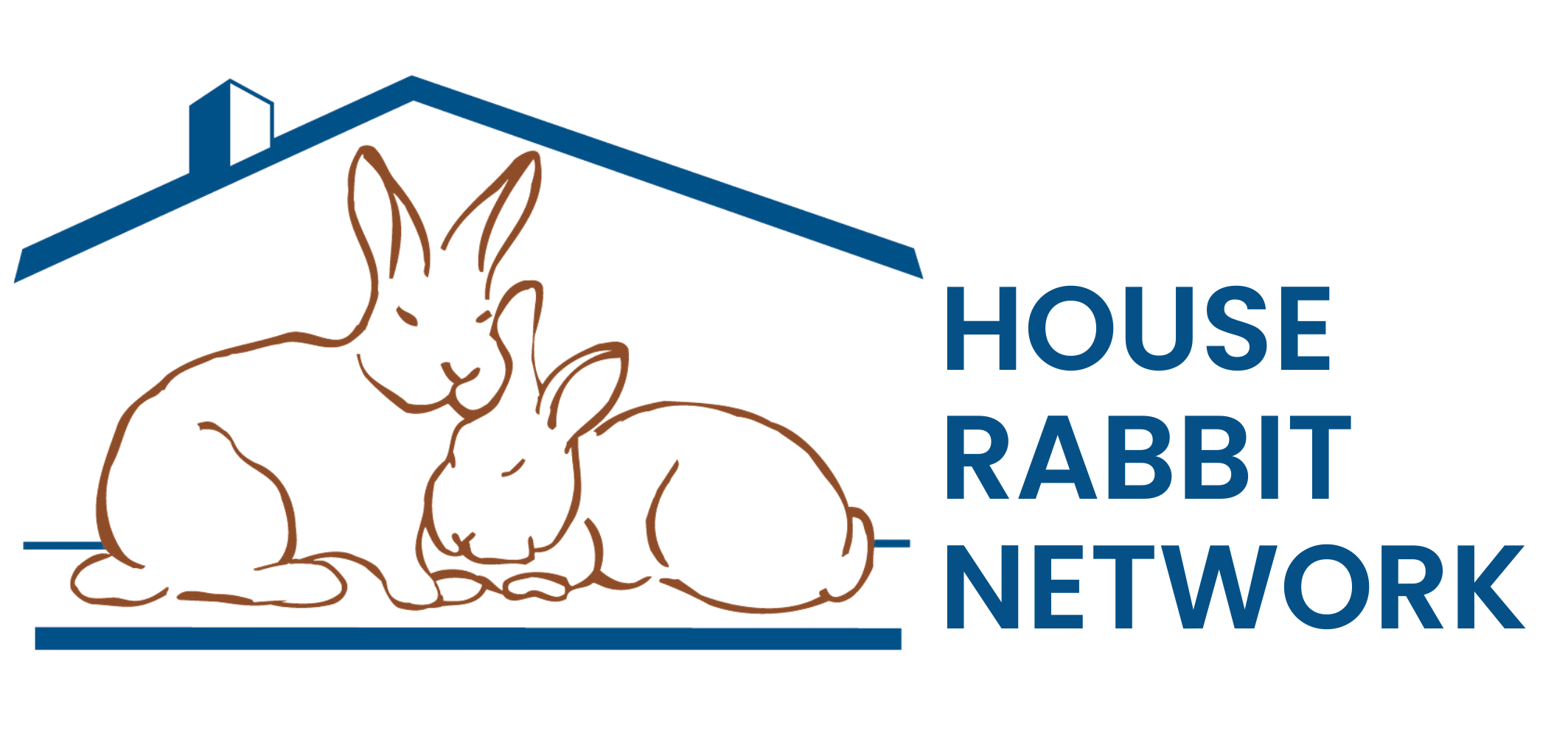Urinary Calcium and Its Consequences
Most mammals, if consuming more calcium than necessary, will get rid of the extra calcium in the stool. However, rabbits excrete any excess calcium they take in through the urinary tract. Because of this metabolic quirk, urinary problems caused by calcium are common in pet rabbits, including stones in the bladder and kidneys, as well as urine that is sludgy with calcium to the point of resembling concrete.
If your rabbit shows signs of urinary difficulties, such as straining to urinate, abnormal urine appearance (pasty, bloody) or a urine-soaked back end, he needs to go to the vet. X-rays will be taken to determine the cause; calcium stones and calcium sludge show up very well on the radiographic films, as will signs of arthritis. Together with a physical exam and a urinalysis, the radiographs will help your vet make a diagnosis and plan treatment.
Unfortunately, bladder and kidney stones can only be treated surgically. The type of stones rabbits develop cannot dissolve with dietary change — you can only help prevent more from forming by reducing dietary calcium. While bladder surgery is relatively straightforward, surgery to remove kidney stones is not and the risks and benefits should be carefully evaluated with the help of your vet.
Sludgy urine is like a semi-liquid version of a bladder stone — the urine becomes sticky and pasty. It is very uncomfortable for the rabbit, and it is truly amazing how thick the urine can become — the texture and color resemble quickdrying concrete. Normal urine can still be produced when the thick stuff settles to the bottom and the bunny urinates off the top watery layer, which just compounds the problem for the remaining sludge. This condition can be managed with bladder expression, fluids, pain medications and antibiotics. Sometimes the bunny needs to be sedated for the bladder to be expressed effectively or to pass a urinary catheter. It often takes several treatments to get on top of the problem.
Both stones in the urinary tract as well as urine sludge predispose a rabbit to urinary tract infections, so antibiotics are commonly used in treatment. Signs of an infection include abnormal urine color or smell, loss of litter box habits, and frequent urination, sometimes with straining due to irritation. Often there are no signs at all. The best method to determine if there is an infection is culturing the urine. A sterile sample needs to be taken from the bladder using a needle (this is called “cystocentesis”), and results take several days to come back, along with a list of antibiotics effective at treating the specific bacteria causing the infection. If a culture cannot be done for financial or medical reasons, antibiotics can be used to cover your bases.
Attempts to prevent these problems center on reducing dietary calcium intake in healthy adult rabbits. Please remember that rabbits who are still growing need calcium for healthy bone development and should not be on a calcium restricted diet! At 6-9 months the youngster can be transitioned from alfalfa to an adult diet. Timothy hay should be the staple of the adult diet — it is high in fiber, and lower in calories and calcium than other types of hay (this lagomorph trifecta of nutrition can also help prevent gastrointestinal problems and obesity). If pellets are being fed they should also be timothy based. Alfalfa based pellets and hay are too high in calcium and calories for most adult rabbits and will cause obesity if not urinary stones or sludge. While many people are careful to feed their bunnies only low calcium vegetables such as lettuce and parsley, I believe that feeding a range of vegetables in moderation is preferable if the rabbit has not had previous urinary problems. Vegetables are high in water content which may help flush out excess calcium by diluting the urine. Also, a dietary deficiency of calcium and perhaps natural sunlight may be one of the underlying causes of malocclusion and tooth spurs in some rabbits; I see more dental disease than urinary problems in my patients. If a rabbit has a history of urinary problems, however, I will discourage feeding high calcium vegetables such as broccoli, kale, and spinach. All rabbits should be encouraged to drink water by always having a fresh supply available.
Obesity and arthritis are other risk factors for urinary problems. In both, the rabbit is unable to posture normally to urinate — they may be too fat or too stiff to lift their tail and curve their spine appropriately, which leads to incomplete bladder emptying and accumulation of the denser calcium-rich urine. Sore hocks, in which inadequate bedding, obesity, or other health problems have caused the feet to develop tender spots, can be a cause (and consequence) of urine problems as well.
It is important to remember that even very vigilant bunny parents who feed a good diet and take excellent care of their fur-kids can have rabbits with chronic problems, urinary or otherwise. Also, some owners who feed poor quality hay and alfalfa pellets may have rabbits who never develop a problem. All we can do, as vets and as bunny parents, is try to head off problems, try to treat what we can, and hope for a bit of rabbit luck.
©2006 Astrid M. Kruse, DVM
